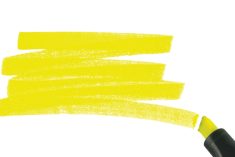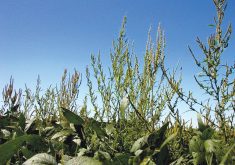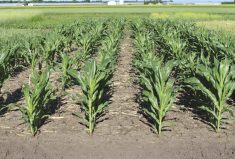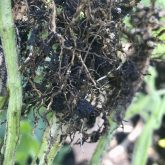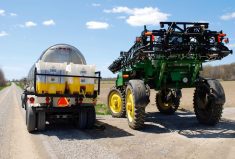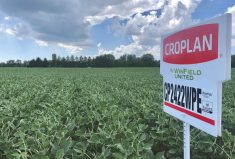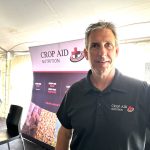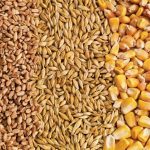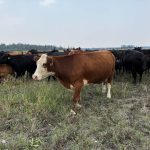The landscape for soybean production in Eastern Canada continues to evolve, influenced by newer cultivars, herbicide-resistant technologies and longer growing seasons. In 2021, Ontario growers planted more than 2.9 million acres of soybean, with a farm-gate value of nearly $1.5 billion. Despite these advances and the money at stake, growers still risk yield losses averaging 35 per cent to weed interference.
[MORE #CROPPATROL] The impact of delayed post-emergence herbicide in corn
Research conducted in Exeter and Ridgetown, Ont., from 2017 to 2019 sought to determine the impact of delayed post-emergence herbicide application on soybean yield. With the advent of higher-yielding soybean cultivars and herbicide-resistant technologies in soybean in the past 25 years, there was a need to update the research on herbicide application timing using Roundup Ready cultivars.
Read Also

Could crop sharing be a viable option for your farm?
Crop sharing could be a good option for young and beginning farmers.
The impact of delayed post-emergence herbicide application timing based on weed height, days after emergence (DAE), accumulated crop heat units (CHUs) and soybean growth stage was determined. Common weed species found at the test sites in Exeter and Ridgetown included common lamb’s quarters, pigweeds, common ragweed, wild mustard, smartweed, eastern black nightshade, wild buckwheat, lady’s thumb, velvetleaf, barnyard grass and foxtails.

The study consisted of nine experiments over a three-year period. All plots were replicated four times with a glyphosate/dicamba-resistant variety planted in May of each year in keeping with standard Ontario soybean production practices. Treatments included a weedy control, a weed-free control and six post treatments, with the first application of glyphosate occurring when weeds were up to two, four, eight, 12, and 20 inches in height. No soil-applied herbicides were used and all treatments were maintained weed-free, either with sequential applications or hand hoeing through to harvest following the initial herbicide application.

Results
There was a decrease in soybean yield from delayed herbicide applications. For example, when weed density was low, a one, 2.5 and five per cent soybean yield loss occurred when weeds were four, six and eight inches in height, respectively, at the time of the first post-emergence herbicide application. In contrast, when weed density was high, a one, 2.5 and five per cent soybean yield loss occurred when weeds were one, 1.5 and 2.5 inches in height, respectively. The overall effect on soybean yield is presented in Figure 1 (below).

Based on this study, growers are advised to plan a two-pass weed control program in soybean. A broad-spectrum soil-applied herbicide should be used and then the field should be scouted for weed escapes. The post-emergence herbicide should match the weed spectrum in each individual field. When using a post-emergence-only weed control program to avoid a 2.5 per cent yield loss in high weed density fields, the herbicide must be applied before weeds reach 1.5 inches in height, prior to eight days after soybean emergence, prior to 338 accumulated CHUs from planting, or at the VC soybean growth stage.
Funding for this project was provided in part by the Grain Farmers of Ontario and the Ontario Ministry of Agriculture, Food and Rural Affairs (OMAFRA).



